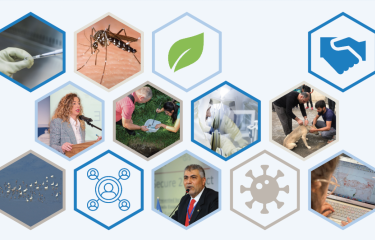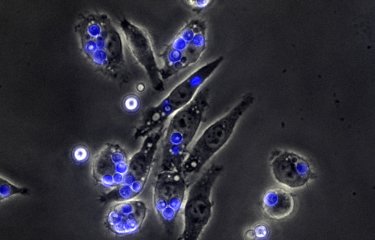In 2013, the Zika virus, an arbovirus transmitted by Aedes mosquitoes, emerged in the Pacific Islands. In 2015, the first cases of infection are detected in northwestern Brazil. In just a few months, the virus is spreading throughout the country and in the tropical zone of Latin America, causing an unprecedented epidemic and associated with a large number of neurological disorders (Guillain-Barré syndrome) and microcephaly in new -born.
This epidemic has given rise to a worldwide scientific mobilization and generated numerous studies including in the field of entomology. Nearly a year after the end of the epidemic declared by WHO, a group of entomologists from 5 institutes belonging to the Institut Pasteur International Network publishes in the journal Microbes and Infections, a review summarizing the literature on the main vectors of Zika virus in urban and sylvatic environments in all the continents. This review is thus a real global mapping of mosquitoes vectors. It is particularly focused on competence studies which notably reinforces the role of Aedes aegypti in the transmission of the virus in all regions of the world.
While control strategies are now mainly based on the control of mosquito populations, all data published to date indicate the need to remain focused on the mosquito Aedes aegypti which is also a vector of chikungunya and dengue fever.
Source
An overview of mosquito vectors of Zika virus. Microbes and Infections. 2 March 2018
Sébastien Boyera, Elodie Calvezb, Thais Chouin-Carneiroc, Diawo Diallod, Failloux Anna-Bellae,
a Institut Pasteur of Cambodia, Unit of Medical Entomology, Phnom Penh, Cambodia b Institut Pasteur of New Caledonia, URE Dengue and other Arboviruses, Nouméa, New Caledonia c Instituto Oswaldo Cruz - Fiocruz, Laboratório de Transmissores de Hematozoários, Rio de Janeiro, Brazil d Institut Pasteur of Dakar, Unit of Medical Entomology, Dakar, Senegal e Institut Pasteur, URE Arboviruses and Insect Vectors, Paris, France






